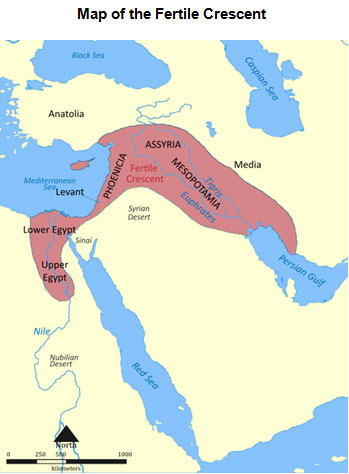
The Tigris-Euphrates River Valley Civilization is also called Mesopotamia, which is the Greek term for "between two rivers." Mesopotamia is located in the Fertile Crescent. Sumerians, the first people of Mesopotamia, began to arrive around 5000 BC. The area provided fertile soil as a result of rich materials deposited by both rivers.

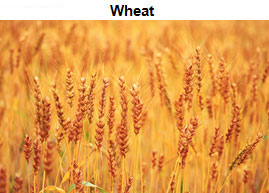
The economy of Mesopotamia was based on farming. Wheat and barley, according to the records of the British Museum, were the most important crops of Mesopotamia. There were few natural resources in Mesopotamia, so trade with other countries was necessary. Goods were transported in boats along the rivers.
Mesopotamia had a patriarchal class system. Read more about the political and social structure below.
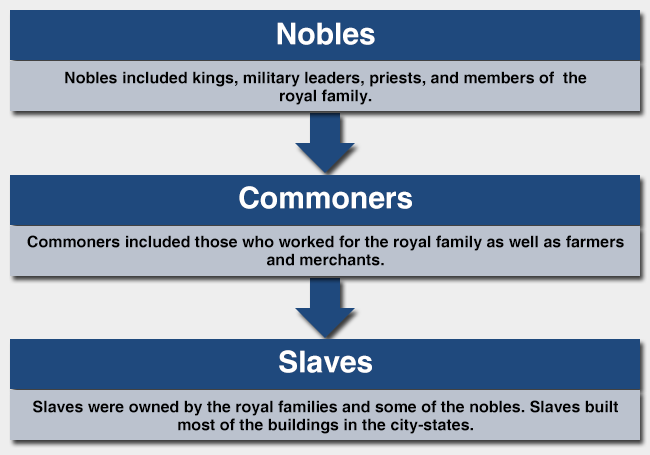
As the civilization progressed, Sumerians began building several cities, each with its own government and ruler. These were called city-states, and they functioned like modern nations of today. Some of the major Sumerian city-states were Ur, Kish, Umma, and Lagash. Ur was one of the most important city -states of Sumeria.
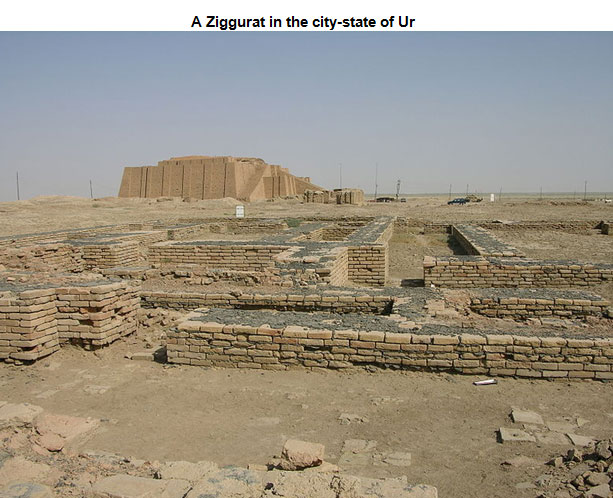
Sumerians were polytheistic, and religion was a crucial part of their culture. Ziggurats were important structures in the city-states. Ziggurats, like the one pictured above, were made of sundried mud bricks and constructed high on platforms. These religious structures were dedicated to the gods and goddesses, but they were used for more than just religious purposes. Ziggurats were used as a center for the business of the city-state.
Using the link below, click on the Ziggurat of Ur to learn how a ziggurat functions.
Interactive popup. Assistance may be required.
Temples were located at the very top of the ziggurats.
Interactive popup. Assistance may be required.
The temple was dedicated to the gods and goddesses. The location of the structure reflected that religion was of high importance.
Sumerians were also innovative people. They developed many tools and weapons demonstrating the technological advancement of their civilization. The Sumerians developed tools such as saws, wheels, and plows. They also developed weapons such as axes, knives, and swords.
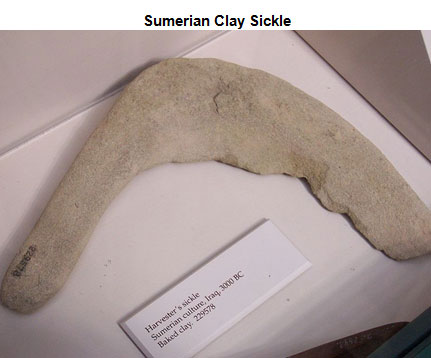
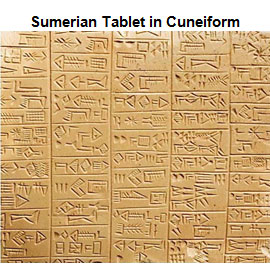
Sumerians also developed a number system and a unique system of writing. Cuneiform is one of the earliest systems of writing. It is a series of pictorial characters on clay tablets.
Click on the link below to write your name in cuneiform.
Source of image used in this section: